Sankranthi is a harvest festival and “Sankranthi” means movement. It is a celebration of the sun entering from the zodiac sign Dhanur/Sagittarius into Makara/Capricorn. So this Makara Sankranti is all about the Sun moving from Dakshinayana/Southern to Uttarayana/Northern Hemisphere. The Uttarayana period begins from 14th January and ends on 14th July of Sun. The time when the Sun enters the Northern Hemisphere is known as Uttarayana Punya Kaala/auspicious time. During Uttarayana it is “daytime” for the devas/gods and Dakshinayana is the “nighttime” of the devas/gods. Hence all auspicious events take place during this time.
Picture1 – Sunrise in Arabian Sea
This festival falls on Chaturdashi i.e., the 14th day in the Hindu month of Pushya, i.e., January by the Gregorian calendar. For the festival date click here. This festival also marks the end of winter and the days become longer and warmer. The warmth of the Sun during this time is compared to the size of the “Til”/Sesame seed.
A unique phenomenon occurs in the ancient temple of Gavi Gangadhareshwara in Bangalore. On the day of Sankranthi, the rays of the Sun fall directly on the Shiva Linga installed in the sanctum sanctorum.
Makara Shankranthi is called by different names and celebrated differently in different regions of India. Usage of Til/Sesame seeds during the festivities is common in all the regions. As the winter months are cold, eating Til/Sesame seeds during this time is good for health and skin due to the oil found in the seeds.
Picture3 – Yellu/Til/Sesame Seeds
Another reason for the prominence given to these seeds is that Sesame seeds have been mentioned in Hindu scriptures as a symbol of immortality. It is mentioned that the seeds and sesame oil were being used during bathing, massaging, havan/homa/invoking fire god, darpan/tarpana/offering to forefathers, cooking and to pacify Lord Shani (Saturn). The Sesame seed oil is considered the most sacred oil to light lamps.
Legends associated with Makara Sankranthi
From the Mahabharatha: during the battle between the Pandavas and Kauravas, an arrow shot by Arjuna wounded the veteran warrior Bheeshma Pithamaha. Since he had the boon of “itchcha marana” (one who can choose the time of death), he chose to die during Uttarayana Punya Kala as it is believed that there is no rebirth for the one who dies during this period. Arjuna shot a bed of arrows for the Pithamaha to rest and wait for the auspicious time to come.
From the Puranas/Stories of ancient times: King Bhagiratha, who through his intense penance bought river Ganga from heaven down to earth to liberate King Sagar’s 60,000 sons who were burnt alive to ashes at the Kapil Muni Ashram, near Ganga Sagar. Ganga Sagar is the confluence of river Ganga and Arabian Sea. It was on Makar Sankranthi day that Bhagirath finally offered darpan/tarpana/offerings to the forefathers using the Ganga water to his forefathers and liberated them from the curse.
Picture4 – Bas relief depicting Bhagiratha’s penance in Mahabalipuram
Another tale from the Puranas/religious texts narrates that on this day Sun god visits the house of his son Shani/Saturn, who is the guru/master of Makar Rashi/Capricorn. Even though the father and son do not get along well, they keep the differences aside and meet on this day. Sun stays in his son Shani’s house for a month. It represents the importance of a father and son relationship.
Click here to read how Sankranthi festival is celebrated in Andhra Pradesh, Assam, Bihar, Gujarat, Karnataka, Kerala, Madhya Pradesh, Maharashtra, Punjab and Haryana, Tamil Nadu, Uttar Pradesh and West Bengal.
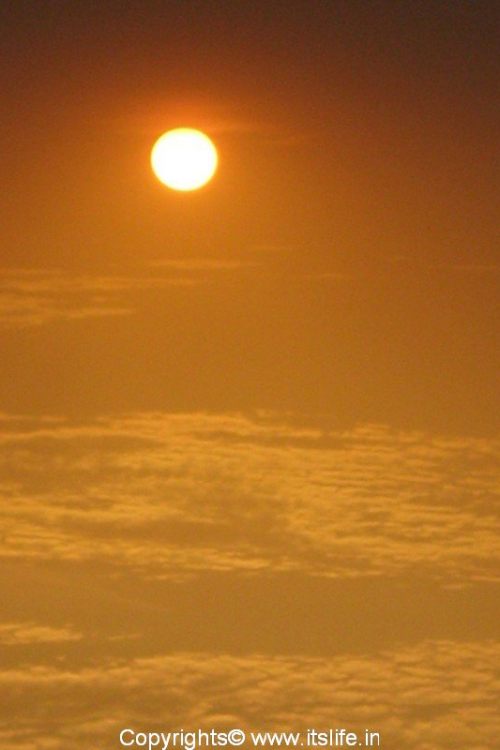
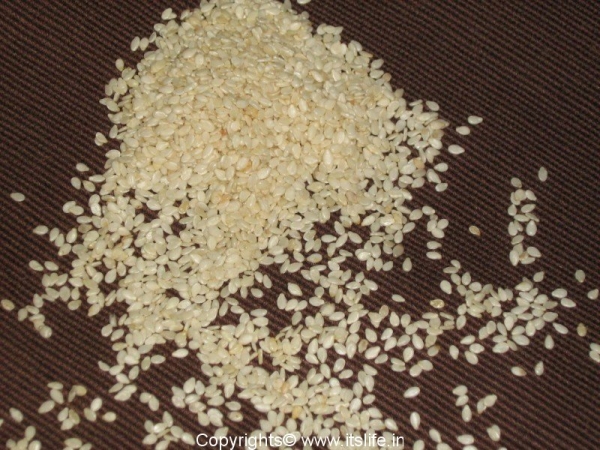
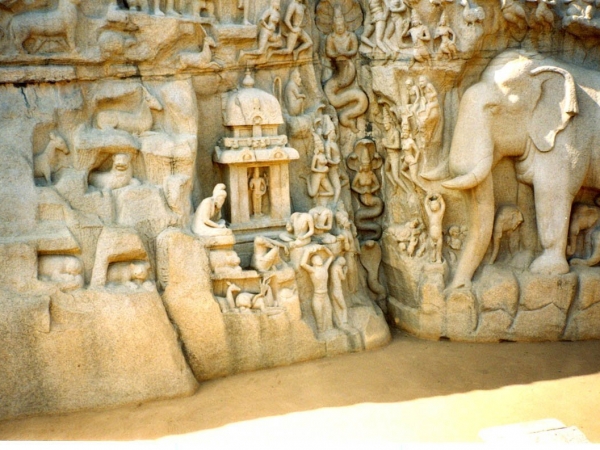
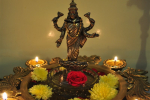

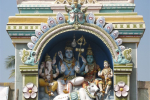
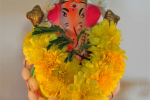
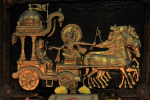

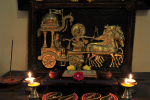

its really helpful information
Dear Sunanda,
Thank you for your comments.
Regards,
Shantha
HI Shantha,
Useful Info… One more addition to the article would make it complete… Newly married ladies give away Bananas like 5,10,15,20,25 for 5 years along with yellu, sakkare acchu, kabbu etc as bagina.
One more addition to the article would make it complete… Newly married ladies give away Bananas like 5,10,15,20,25 for 5 years along with yellu, sakkare acchu, kabbu etc as bagina.
Regards,
Nagashree.
Thanks Nagashree.